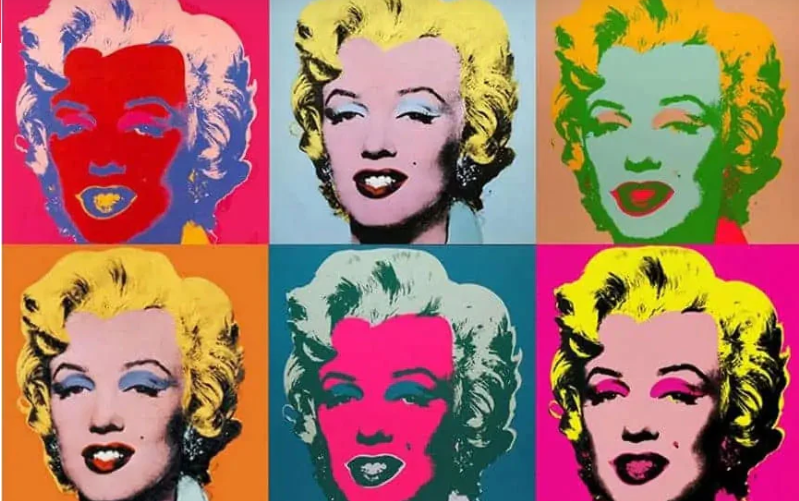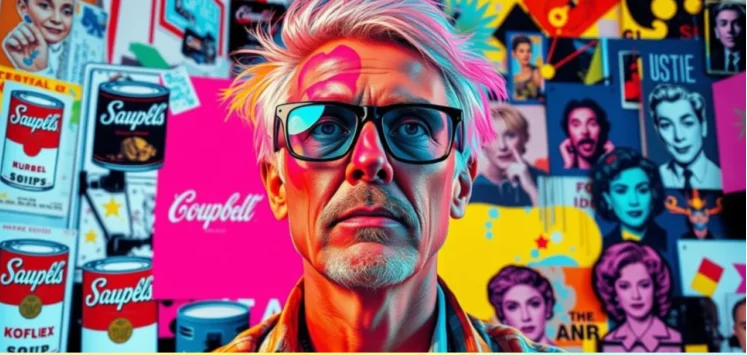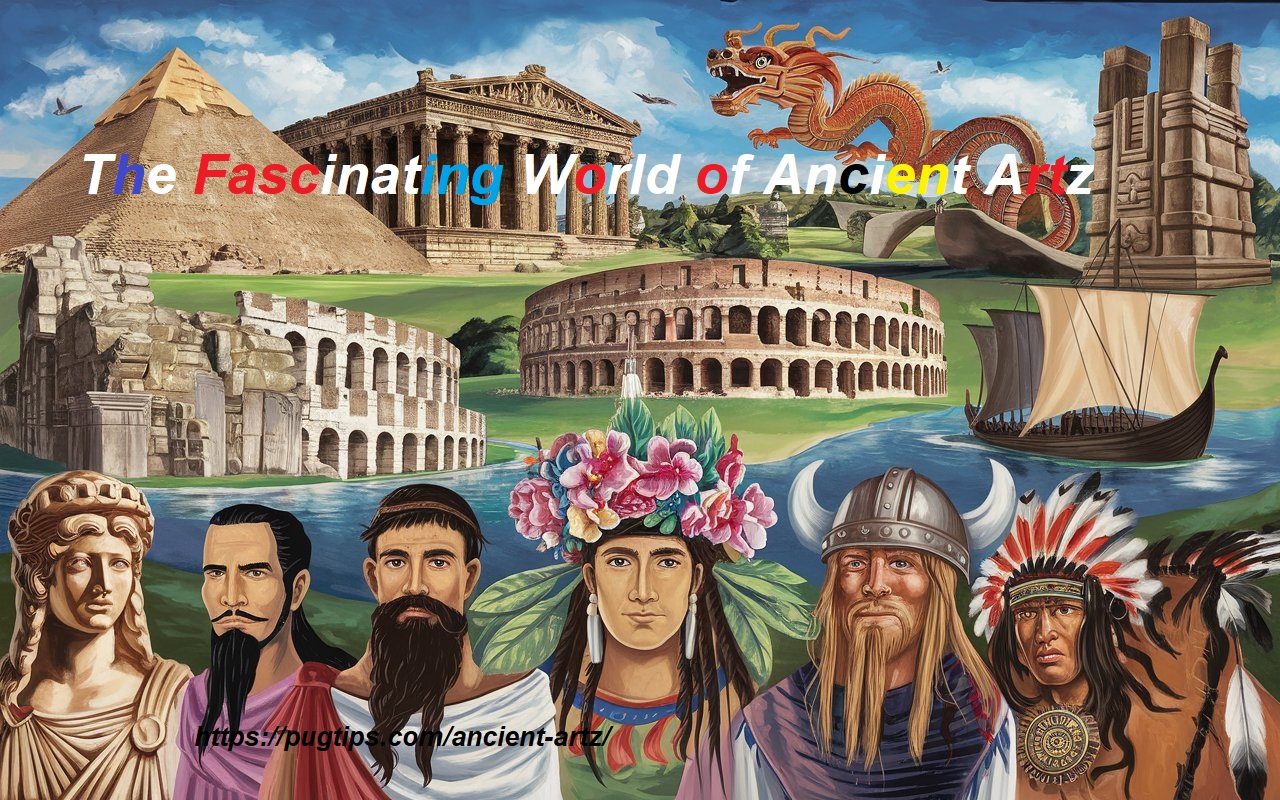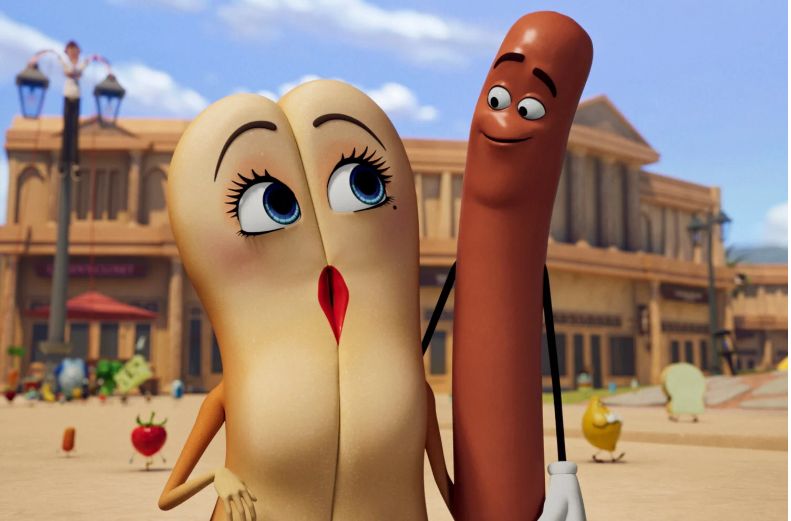Pop Art has long held a place as a powerful, Andy Warhella dynamic movement that blends everyday culture with expressive art. At its heart, figures like Andy Warhol transformed our view of consumer products, celebrities, and even social issues. Enter the innovative art persona “Andy Warhella,” a mysterious figure who draws direct influence from Warhol but brings a fresh, surreal twist to pop art in the 21st century. Here, we explore the rise, influences, and lasting impact of Andy Warhella’s work on contemporary art.
The Fascination with Pop Art: From Andy Warhol to Andy Warhella

Andy Warhol’s influence remains foundational in contemporary art, with his iconic use of repetition, celebrity portraiture, and vibrant color schemes defining much of what we consider “Pop Art.” Warhella’s art draws from these roots, diving into the symbolism that Warhol established while branching out into surrealism and a neo-pop aesthetic that resonates with today’s audience. By adopting similar themes but amplifying them through new digital tools and perspectives, Warhella invites us to view popular culture through a fresh, often paradoxical lens.
A Glimpse into “Andy Warhella’s” Artistic Vision
Andy Warhella’s work reflects a reinterpretation of Warholian aesthetics mixed with an experimental spirit that includes surrealism, absurdism, and digital effects. This new persona takes Warhol’s style to another level by incorporating unusual combinations of colors, exaggerated perspectives, and digital media. Warhella’s artwork often explores dual themes of fame and anonymity, nostalgia and innovation, and realism and abstraction.
While Warhol was a master at creating iconic imagery from everyday objects, Warhella reimagines these objects in impossible situations or with unexpected juxtapositions, blending pop art with surreal humor. This approach echoes the themes of social critique Warhol pioneered, yet Warhella does so in a way that reflects the unique pressures of our digital, hyperconnected world.
How Andy Warhella Continues Andy Warhol’s Legacy
Embracing Consumerism and Fame
Warhella’s art, like Warhol’s, is often rooted in the exploration of fame and commercial culture. However, Warhella takes this to another level by examining how these themes have transformed in the age of social media. Through pieces that might depict influencers alongside classic 1960s celebrities or digital avatars interacting with Warhol’s iconic Campbell’s soup cans, Warhella examines the ever-evolving nature of celebrity, fame, and consumerism.
Utilizing Digital Media as a New Canvas
One of Warhella’s most notable contributions to modern pop art is the use of digital tools. While Warhol experimented with screen printing and film, Warhella pushes these boundaries by incorporating graphic design software, animation, and even augmented reality. This incorporation of technology allows Warhella’s work to exist in virtual spaces and on social media platforms, making art more accessible and interactive.
Reinterpreting Iconic Imagery in Unexpected Ways
Warhella reinterprets many of Warhol’s classic images, like Marilyn Monroe or Elvis Presley, but through an ironic or unexpected lens. For example, instead of the classic Hollywood portrayal, Warhella might depict these figures in hyper-realistic detail but add surreal elements such as glitch effects, giving the impression that these icons are as fleeting as a social media filter. Warhella’s works often juxtapose vintage glamour with modern ephemera, offering a unique take on the transient nature of fame.
Andy Warhella and the Neo-Pop Art Movement
The Neo-Pop Art movement embraces the spirit of classic pop art while integrating current cultural elements. Warhella exemplifies this trend by blending Warhol’s iconic style with elements that resonate in today’s culture, such as internet memes, social media imagery, and augmented reality. Through these integrations, Warhella captures the essence of Warhol while giving it a timely update.
Mixing Realism and Fantasy
A distinguishing feature of Warhella’s work is the mix of hyper-realism with fantastical elements. This creates images that feel both real and dreamlike, pulling the viewer into a familiar yet strange world. For instance, a common theme might be placing contemporary icons in unexpected settings or exploring “everyday” items as surreal, anthropomorphic figures.
Political and Social Commentary
Much like Warhol, Warhella’s work often includes social and political critique. However, the lens has shifted to reflect more current issues, including the rise of social media, digital addiction, and the rapid pace of technological advancement. By infusing this commentary with humor, Warhella makes these themes accessible while encouraging viewers to question their own relationship with media and technology.
Warhella’s Influence on Emerging Artists
Warhella’s blend of pop, surrealism, and digital art has resonated with a younger generation of artists who grew up in the digital age. Emerging artists often look to Warhella as a bridge between Warhol’s legacy and the digital revolution. This influence can be seen in online art communities, on platforms like Instagram and DeviantArt, where artists frequently create mashups of classic pop art with digital influences.
Creating Accessible Art in the Digital Age
Warhella has also made significant strides in making art more accessible by leveraging digital platforms to showcase work. This makes the art experience more inclusive and widely shared, breaking down traditional barriers of access. With Warhella’s artwork regularly featured on social media, people worldwide can interact with pop art in a way that is immediate and relevant to their lives.
Inspiring a New Wave of Digital Art
Warhella’s influence has sparked a wave of digital art that blends classical pop techniques with new media. The popularity of digital art has allowed many emerging artists to experiment with their own versions of Warhella-inspired styles, creating an ever-evolving dialogue between the past and present within the pop art genre.
FAQs
How does Andy Warhella’s work differ from Andy Warhol’s? Andy Warhella builds on Warhol’s iconic style, integrating modern themes and digital media. While Warhol focused on screen printing and repetition, Warhella uses digital tools and surreal themes to address current issues like social media and digital culture.
What themes are common in Warhella’s art? Warhella often explores themes of fame, consumerism, digital culture, and social critique. The art frequently combines realistic imagery with surreal elements to reflect on society’s relationship with media and technology.
Why is Andy Warhella considered a neo-pop artist? Neo-pop art combines traditional pop art elements with modern cultural references and new media. Warhella exemplifies this by blending Warhol’s classic style with digital elements, meme culture, and internet aesthetics.
How has Andy Warhella influenced other artists? Warhella’s unique take on pop art has inspired many digital artists who admire his blend of classic techniques with contemporary themes. His work has helped shape the neo-pop art movement, inspiring artists to explore the intersection of pop and digital culture.
What makes Andy Warhella’s art accessible? By using social media and digital platforms, Warhella makes art accessible to a global audience. The digital medium allows people to engage with art directly, making it more inclusive.
How does Warhella address social media in art? Warhella critiques social media through his portrayal of modern fame and digital life. He often combines icons from classic Hollywood with digital effects to show the fleeting, filtered nature of contemporary fame.
Conclusion
Warhella doesn’t just replicate Warhol’s style but expands it, using modern tools and addressing relevant social themes. Through Warhella’s work, pop art evolves, inviting new generations to view and interpret popular culture through a multifaceted, interactive lens.










